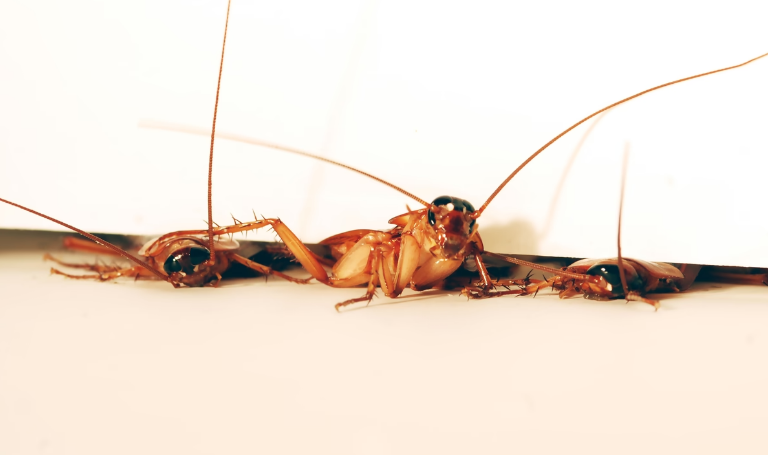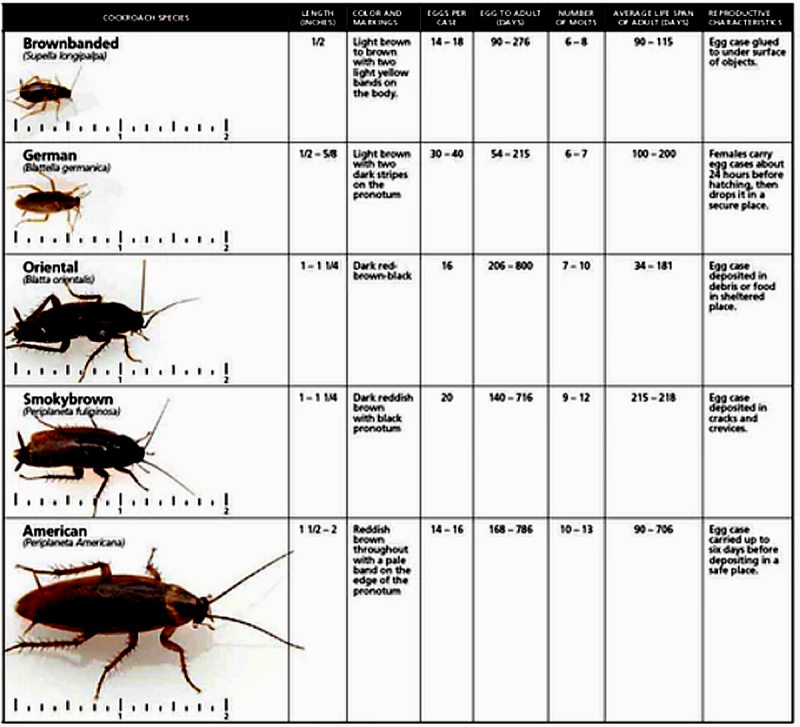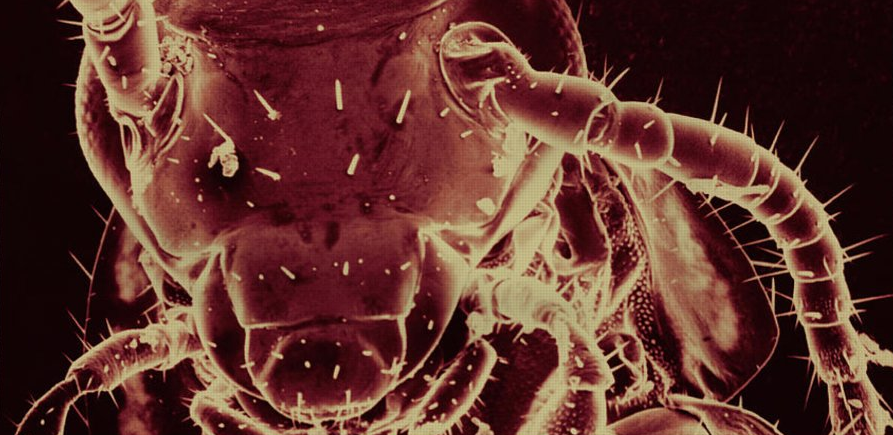You can fight roaches and other household pests with colloidal silver by spraying or pouring colloidal silver on the floors where there is no carpet (or simply mop your floors with it) to help get rid of roaches.
Silver water is actually very effective against some insect pests. It is not because silver is poisonous or otherwise toxic to them. Instead, silver destroys the necessary microbes that live in symbiotic relationships with the insects.
Once the silver molecules eliminate those microbes, the cockroach either dies off or moves on to another home where there’s no silver to harm their microbe friends.
Below are some specific examples of how colloidal silver can stop roaches and other common home insect pests…
It was found that colloidal silver repels roaches in a study titled “Anti-bacterial Performance of Colloidal Silver-Treated Laminate Wood Flooring,” published in International Biodeterioration & Biodegradation.
Study authors revealed that roaches avoid laminate wood floor coverings containing colloidal silver. In fact, during the study, roaches avoided walking on the flooring 87% of the time!
As a result of the colloidal silver-impregnated laminate flooring, roaches avoided it.
According to them,
“Our data facilitate further investigation of the biological effects of colloidal silver, in particular to explain why cockroaches avoid surfaces impregnated with colloidal silver.”
However, the answer to the dilemma has already been known since the mid-1940s.
Roaches are also part of the estimated 10% of insects that depend heavily on bacteria to survive.
R.W. Glaser of the Rockefeller Institute for Medical Research discovered back in 1946 in a research paper published in the Journal of Parasitology titled “The Intracellular Bacteria of the Cockroach in Relation to Symbiosis” that:
For several decades, it has been observed that all cockroach species so far studied contain intracellular bacilli. Bacteria are tightly packed within the cytoplasm of specialized fat cells called bacteriocytes. This parasite microorganisms are transmitted from generation to generation through the ova.”
Roaches are loaded with bacteria internally. Their intracellular bacteria are passed on to the young even before they are born.
According to Glaser, studies conducted as early as 1945 showed that when penicillin was administered to roaches to kill the bacteria living inside their bodies, the roaches died after a few days.
In fact, Brues and Dunn stated at the time in their earlier 1945 study,
Despite the present results not being conclusive, it appears probable that the bacteroids are necessary for the continued survival of the cockroaches and that they are symbiotic rather than parasitic.
Thus, all available evidence indicates that roaches live solely on the bacteria they carry inside their bodies. The bacteria aid the roaches in various ways, including digestion and reproduction.
In fact, additional research conducted in the 1960s, including a study published in the Journal of Bacteriology in February of 1961, titled “Electronic Microscopy of Symbiotic Bacteria in Developing Oocytes of the American Cockroach, Periplaneta Americana,” outlined the symbiotic nature of the relationship between roaches and the internal bacteria they harbor.
According to the study authors, there appears to be a direct link between the bacteria that are harbored intracellularly by roaches and their egg membranes.
According to the study authors, the bacteria secreted a substance crucial for roach egg development. In other words, without these bacteria, the roaches would not be able to reproduce!
According to the study authors:
As a result of studying the relationship between the egg membrane and the symbiote [the bacteria – ED], one or more of these factors and possibly others not yet understood may affect the development of eggs…
It is evident that the level of symbiosis involves a highly integrated system, whatever the nature of the relationship between host membranes and symbiotes over the course of the host-symbiote life cycle.”
As a result, the roaches’ egg membranes and the bacteria that live in them form a symbiotic system that is integral to the roaches’ well-being.
Then why would roaches avoid a colloidal silver-impregnated flooring like the plague?
The roaches instinctively understand that silver is harmful to the bacteria on which they depend.


